Rational Tuning of Ultramicropore Dimensions in MOF-74 for Size-selective Separations of Light Hydrocarbon
B. Suh, T. Hyun, D.-Y. Koh*, J. Kim*, Chemistry of Materials, 33, 19, 7686–7692 (2021)
https://doi.org/10.1021/acs.chemmater.1c01657
B. Suh and T. Hyun equally contributed
The separation of light hydrocarbon mixtures is one of the most important yet energy-intensive processes in the petrochemical industry. Solid adsorbent materials could potentially not only lower energy costs but also offer higher efficiency as an alternative means to traditionally energy-intensive separation methods such as distillation, absorption, and extraction. Here, rational augmentation of the metal–organic framework, Mg-MOF-74, was designed in silico to enhance kinetic selectivity of the material, while imposing a minimal reduction in the adsorption working capacities for light hydrocarbons. From the computer-aided design, we synthesized 2,4,6-tri(4-pyridyl)-1,3,5-triazine-inserted Mg-MOF-74 (tpt-Mg-MOF-74) and successfully characterized the structure. This material can kinetically separate ethane/propane with an unprecedented diffusive selectivity of ∼49 owing to its distinctive pore size and provides evidence that metal–organic framework need not sacrifice pore volume for enhanced kinetic selectivity in separation applications.


